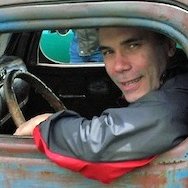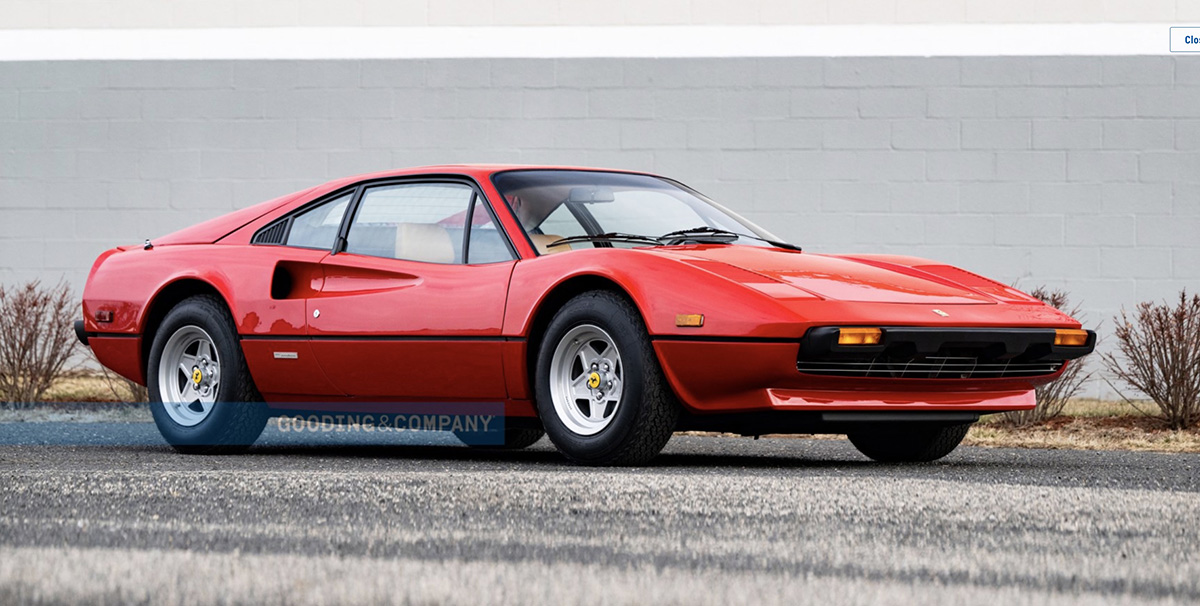Trio from Gooding & Company shows three sports car philosophies
At the Gooding & Company Amelia Island auction, three sports cars viewed together stand out for showcasing a dramatically wide diversity in engineering and performance evolution spanning a mere 15 years.
1979 Porsche 911 Turbo: Start of a Legend
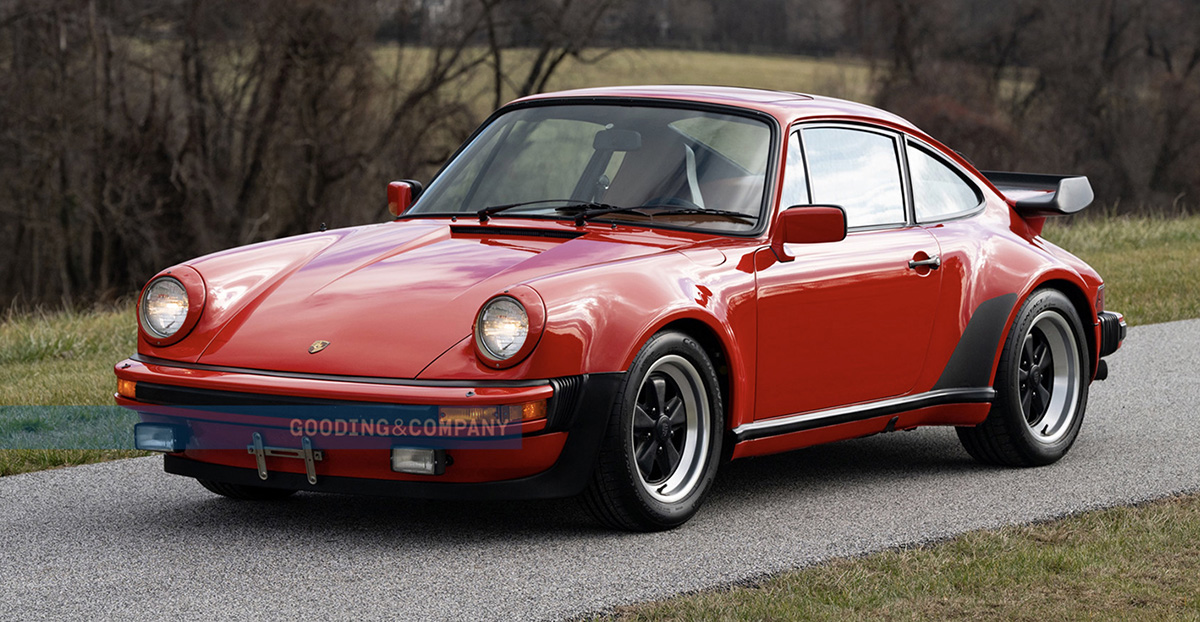
Photo credit: Gooding & Company
The Porsche 930 (a.k.a. 911 Turbo, a.k.a. Turbo Carrera) marks its 50th anniversary this year. Many if not most buyers of the current model were not yet born when the first one rolled out to blow minds and warp the sports car space-time continuum.
The first 911 Turbo went on sale in Europe in 1975 and came to the U.S. for the 1976 model year. The wide-body design makeover for the 911 cloaked a nuclear powerplant of an engine for the time, figuratively speaking. The 3.0-liter flat six used a single turbocharger using a wastegate to keep boost to 11.5 psi. The cylinder compression ratio was an absurdly low 6.5:1 to help prevent engine knock.
The initial U.S. model’s 234 horsepower was about 60 over the 911 S, while its 258 lb.-ft. of torque was more like American V8 engines. The only transmission offered was a wide-ratio four-speed manual, featuring a deep overdrive ratio for fourth. The powertrain combination sounds almost primitive, but it sure was effective.
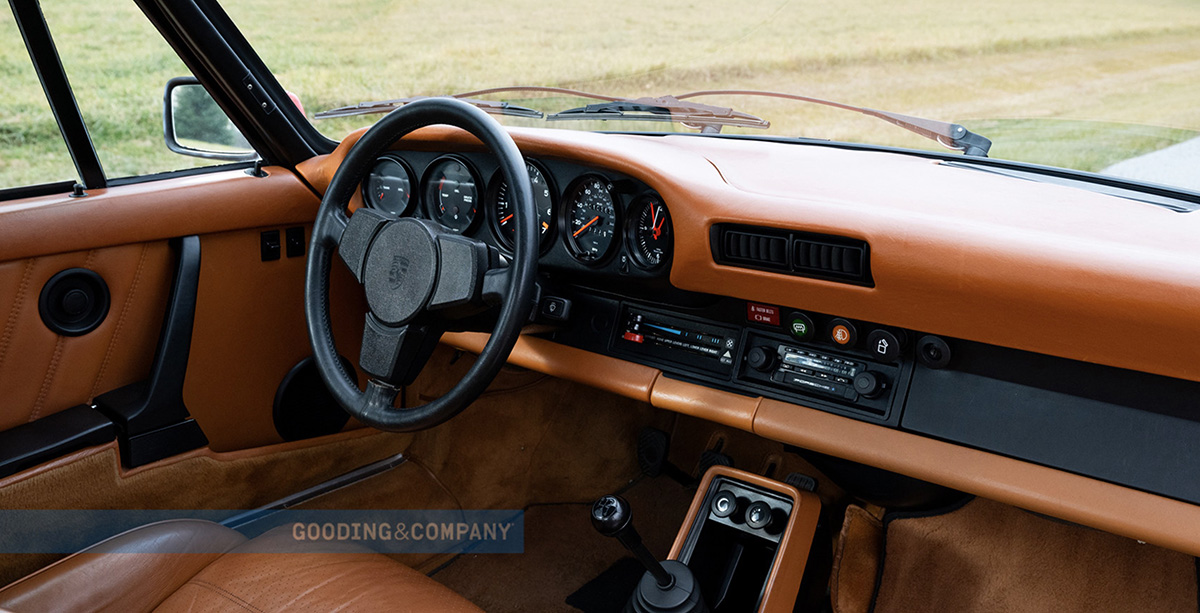
Faster Than Everything
The 911 Turbo’s 4.9-second 0-60 time was quicker than any other new production car at the time. The quarter-mile in 13.5 sec. at 102 mph was on par with the Ferrari 365 GTB/4 Daytona from a few years prior, while a 156-mph top speed was a new level for a Porsche 911. So was the $26,000 price (about $158,000 today).
For perspective, the Ferrari 308 GTB that arrived in the U.S. market the same year had 240 hp, was 300 pounds heavier, and cost a few thousand dollars more. According to Car and Driver, it did 0-60 in eight seconds, the quarter-mile in 16 seconds at 89 mph, and was good for about a 140-mph top speed.
The 1977-1978 Porsche 911 Turbo U.S. model upped output to 265 hp and 291 lb-ft. thanks to a 3.3-liter version of the engine with slightly higher compression and higher turbo boost. (The Ferrari’s output dropped to 205 hp.) Porsche, however, could not meet U.S. emissions with the car after that and dropped it from this market until 1986. The 1979 model offered by Gooding & Company is one of just 806 U.S.-spec models sold here that year and stayed with its first owner for 30 years. It has a pre-sale estimate of $130,000-$160,000.
1976 Ferrari 308 GTB Vetroresina: The Plastic Ferrari
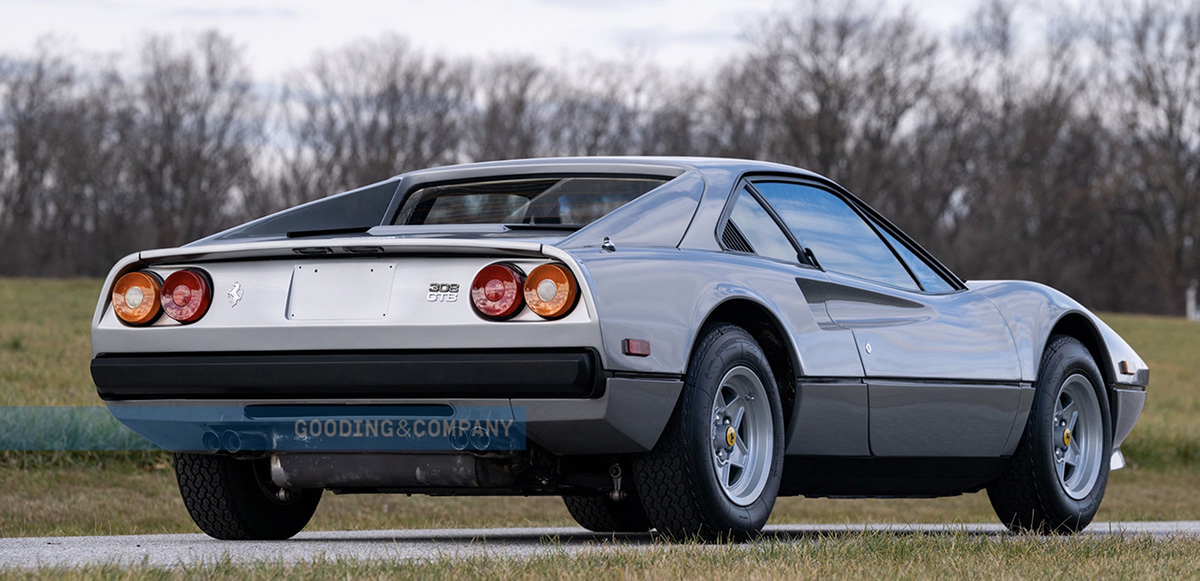
Photo credit: Gooding & Company
Speaking of the 1976 Ferrari 308 GTB, Gooding& Company has two consigned for the Amelia Island auction. The 308 GTB, introduced in Europe in 1975, replaced the 246 Dino, last made in 1974. Like the Dino, the 308 GTB was a mid-engine car but used a Ferrari 2.9-liter V8 instead of the Dino’s 2.4-liter V6. The body design by Leonardo Fioravanti at Pininfarina was simply gorgeous, embodying curves and some design touches from Ferrari’s mid-engine racing sports cars of the mid- and late-1960s.
Here was the shocker: The 308 GTB’s body was made from vetroresina. That’s Italian for fiberglass, and this was the first (and last) Ferrari road car with a body made from that plastic composite. Ferrari made just 808 of the cars in fiberglass before switching to steel. Legend has it that customers may have been unhappy with a body made of the same material as a Chevy Corvette. The Ferrari’s fiberglass body was, in any case, of very high quality.
The 308 GTB was the coupe, with 712 made, and the rest were the targa-top GTS version. Due to the 308’s later arrival in this market after Europe, just 100 vetroresina models were sent to the U.S.
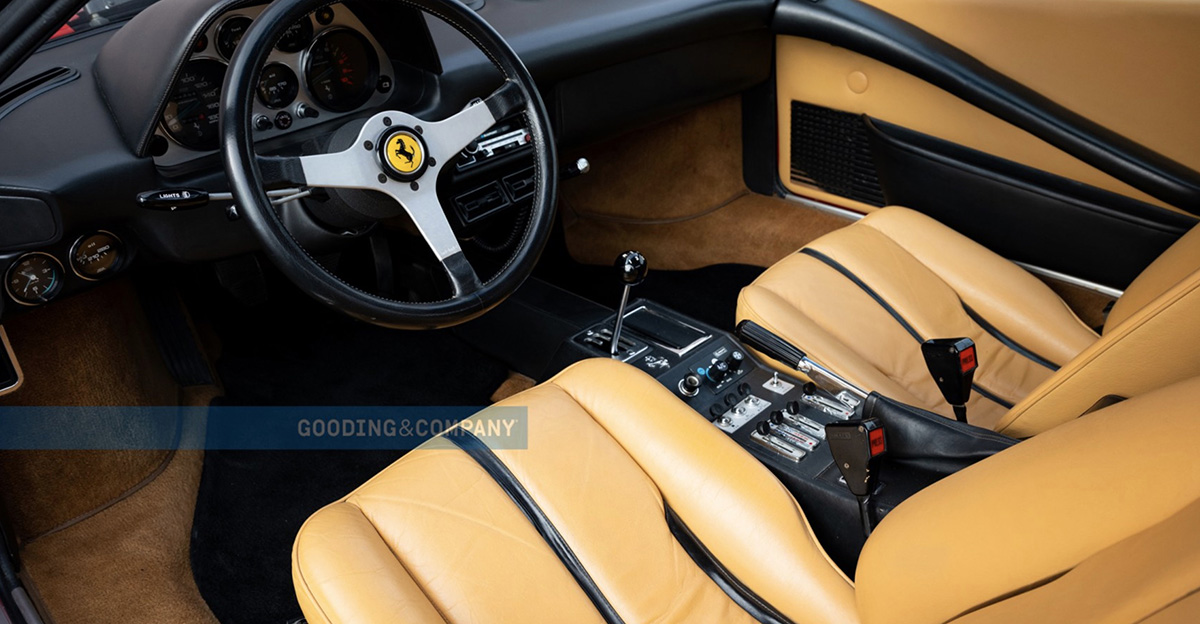
Hawaiian Punch
The 308 GTS earned major pop-culture points by being the wheels for TV private eye Thomas Magnum in the hit TV series “Magnum P.I.” that ran from 1980-1988. It is likely that the Ferrari’s role on that show did more to expose Americans to the Italian marque than all the racing glory that came before it.
If you are buying a 308 as a pure collectible, a vetroresina should be on your radar for its rarity. The red 308 GTB offered by Gooding & Company has just 14,500 miles and a pre-sale estimate of $225,000-$250,000. The silver car has a $189,000-$220,000 estimate.
1964 Shelby 289 Cobra
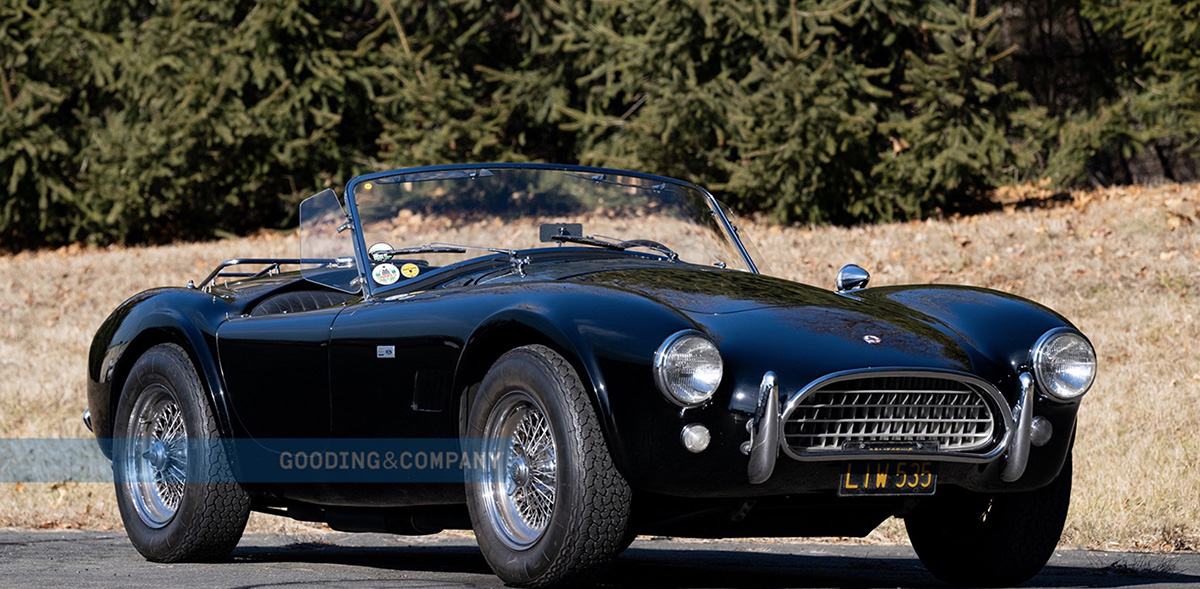
Photo credit: Gooding & Company
Just over a dozen years behind the first Porsche 911 Turbo and the Ferrari 308 GTB/GTS, the Shelby Cobra seemed from a different world from those two cars. This was, of course, the British AC Ace with a Ford small-block V8 installed in place of the Ace’s British Ford inline six. Though primitive even for the period, the initial Cobra series tore up racetracks and established a lasting place in auto history despite a small 655-car production run. The car became known as the 289 Cobra (for the Ford engine’s cylinder displacement) when the wide-body 427 Cobra replaced it in 1966.
Gooding & Company’s Amelia Island auction is offering a 1964 289 Cobra that it estimates will sell for $900,000-$1.1 million. The car has been in the hands of noted Cobra enthusiast owners since the early 1970s, but it comes with a Hollywood backstory that’s not for the squeamish.
The Princess Blue Cobra was originally sold to Executive Car Leasing Company of Los Angeles for $5,778.75, a price that included the “Class A” accessory package with aluminum valve covers, white sidewall tires, and a luggage rack for $280.50. Other options included the AM radio and antenna ($45.50); rearview mirror ($4.20); five quarts of antifreeze ($3.55); and dealer handling ($250).
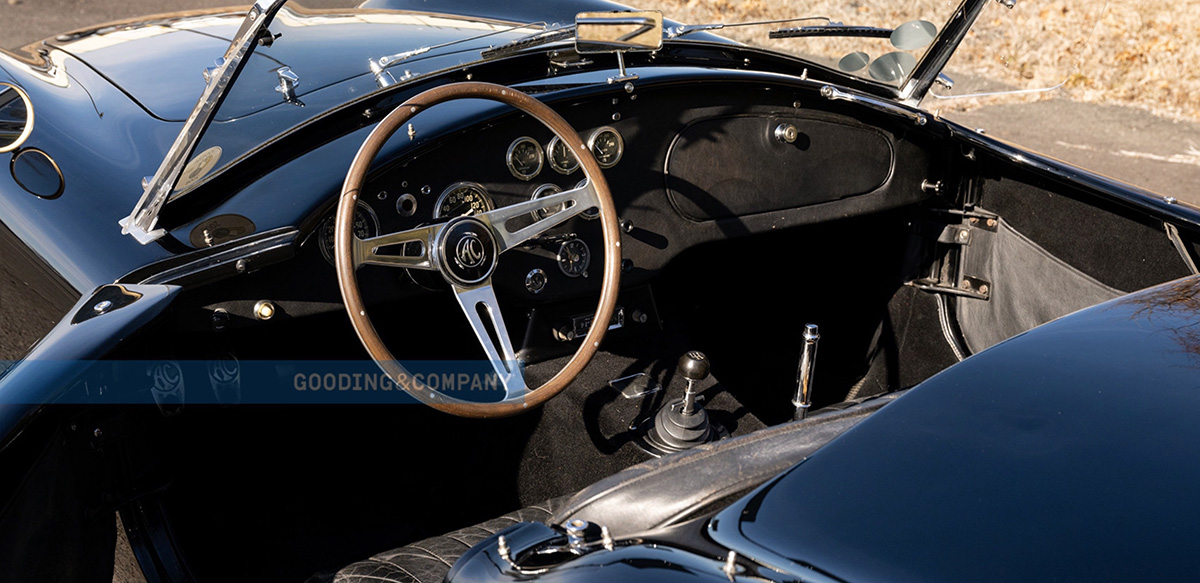
Infamous Night in California
The Cobra’s first owner (or leasing customer) was Jay Sebring, who earned a very nice living styling hair for 1960s stars like Steve McQueen, Frank Sinatra, Sammy Davis Jr., and Paul Newman. If you’re a fan of The Doors, it was Sebring who created singer Jim Morrison’s famous coiffure seen in the band’s early photos.
Brace yourselves for the next part. Sebring dated actress Sharon Tate in the mid-1960s and was unfortunately in the home she shared with husband and film director Roman Polanski on August 9, 1969 when Tate (who was eight months pregnant), Sebring, Abigail Folger (of the Folger’s Coffee family) and her boyfriend, screenwriter Wojciech Frykowski were brutally murdered by followers of psychopath Charles Manson. Polanski was in London at the time. Sebring had reportedly invited McQueen to the gathering that night, but the actor did not attend. He gave the eulogy at his friend’s funeral.
Are you ready to place your bid and make one of these stunning classics yours? Get a quote today!
Premier Financial Services is not a licensed dealer and is not otherwise sponsored or endorsed by, or affiliated with Porsche AG, Ferrari S.p.A., Ford Motor Company, or Shelby American, Inc.
